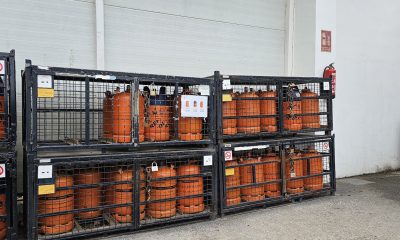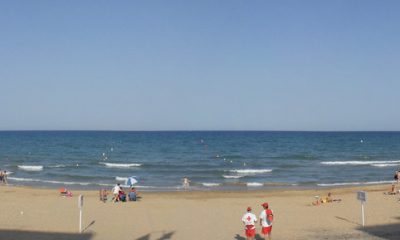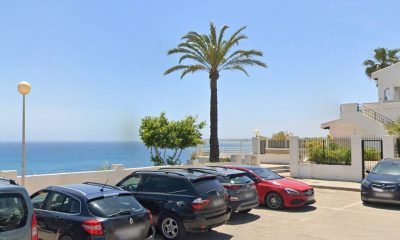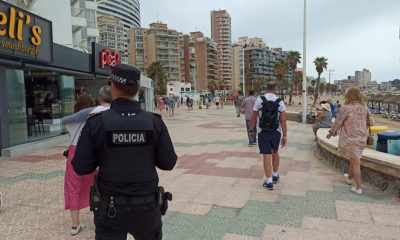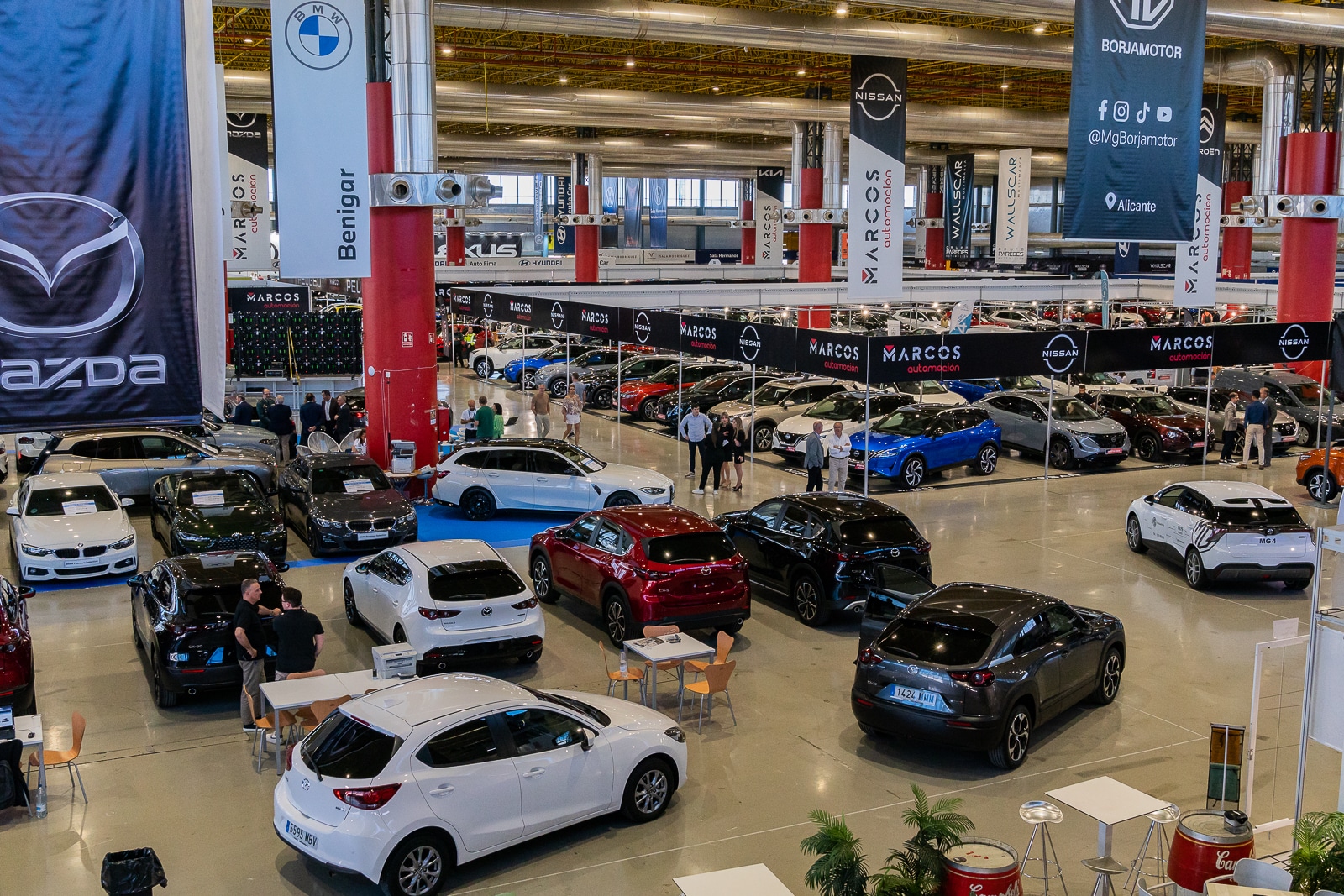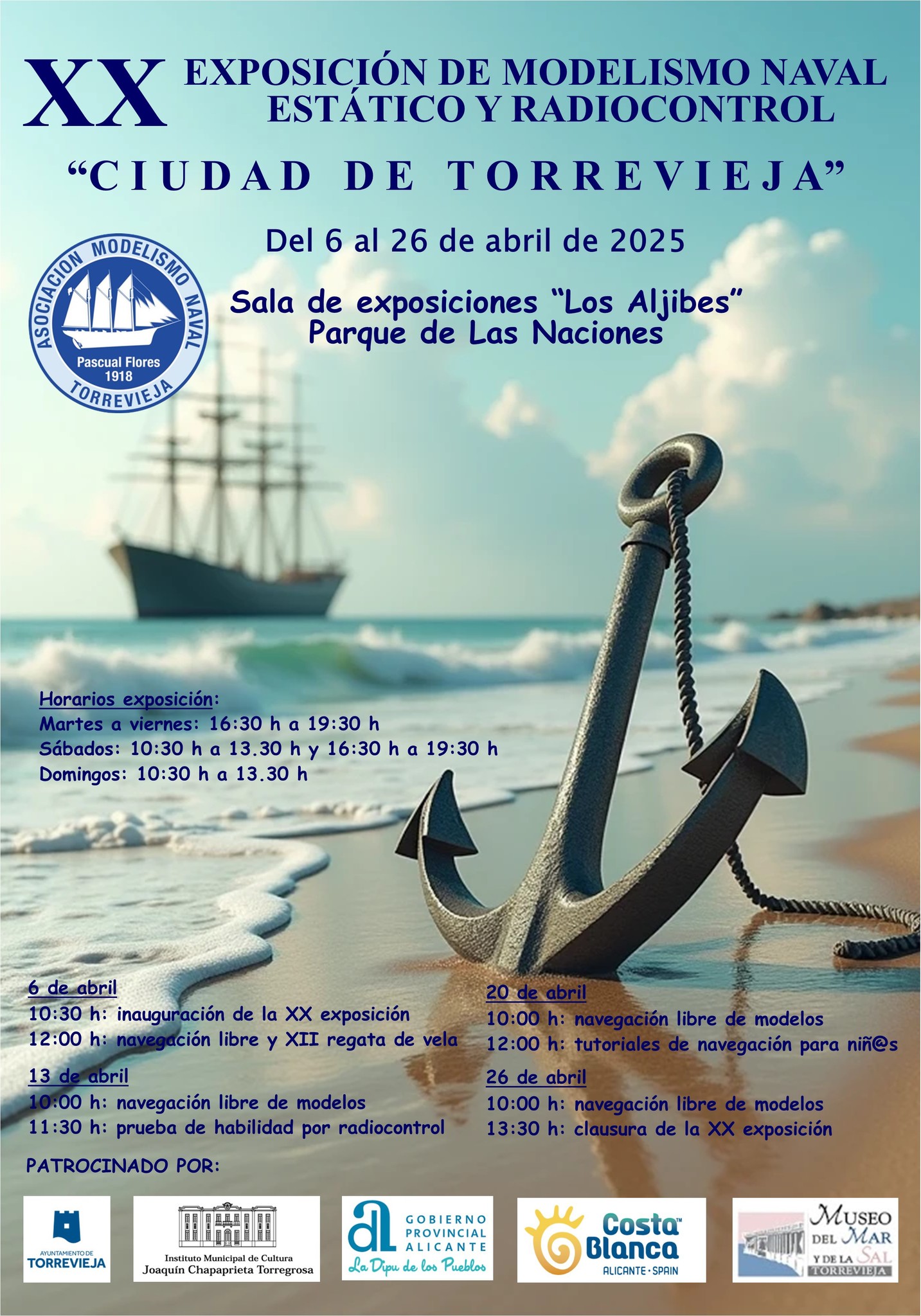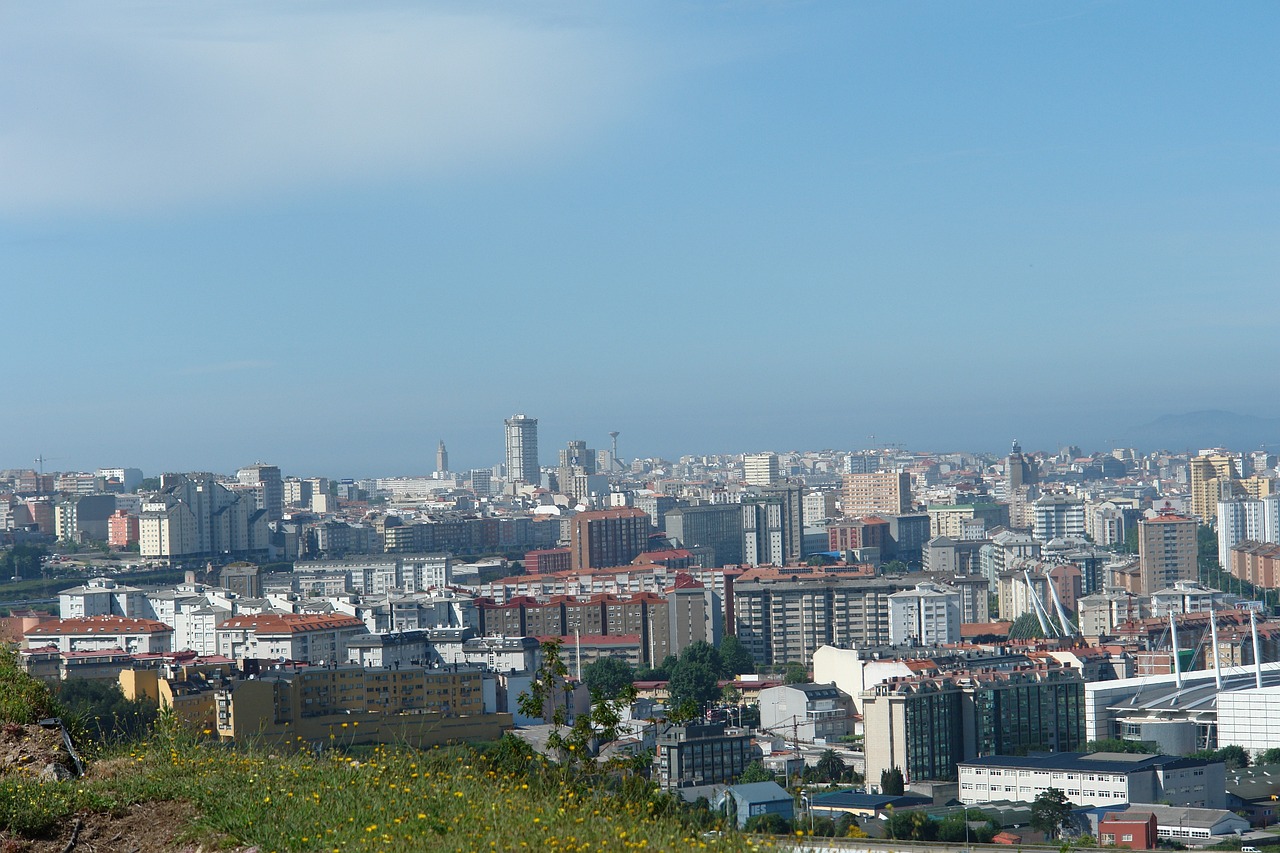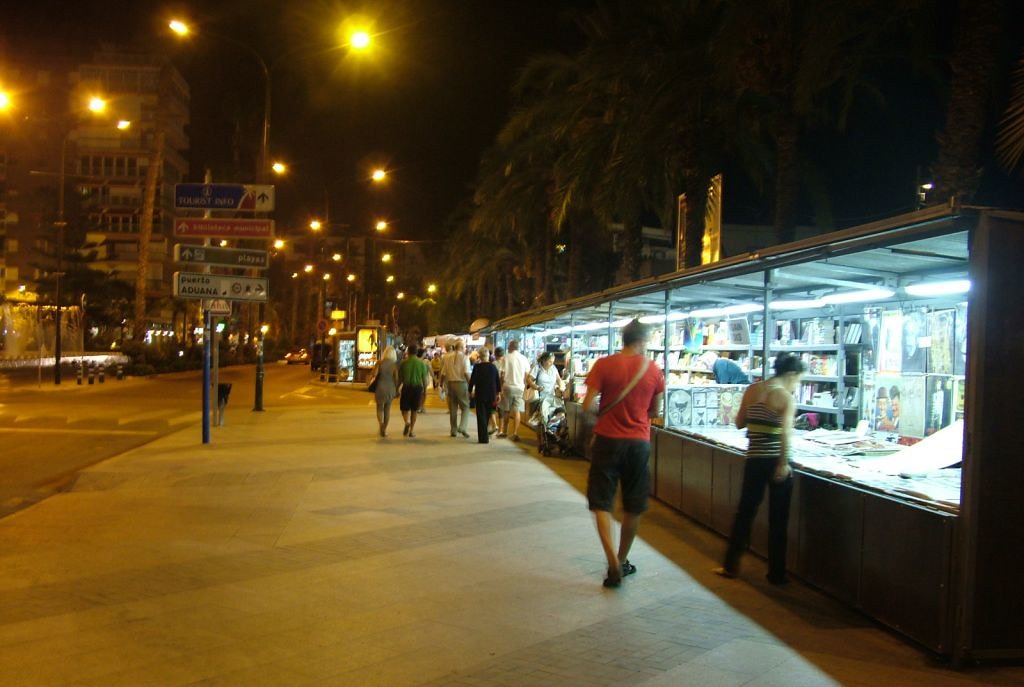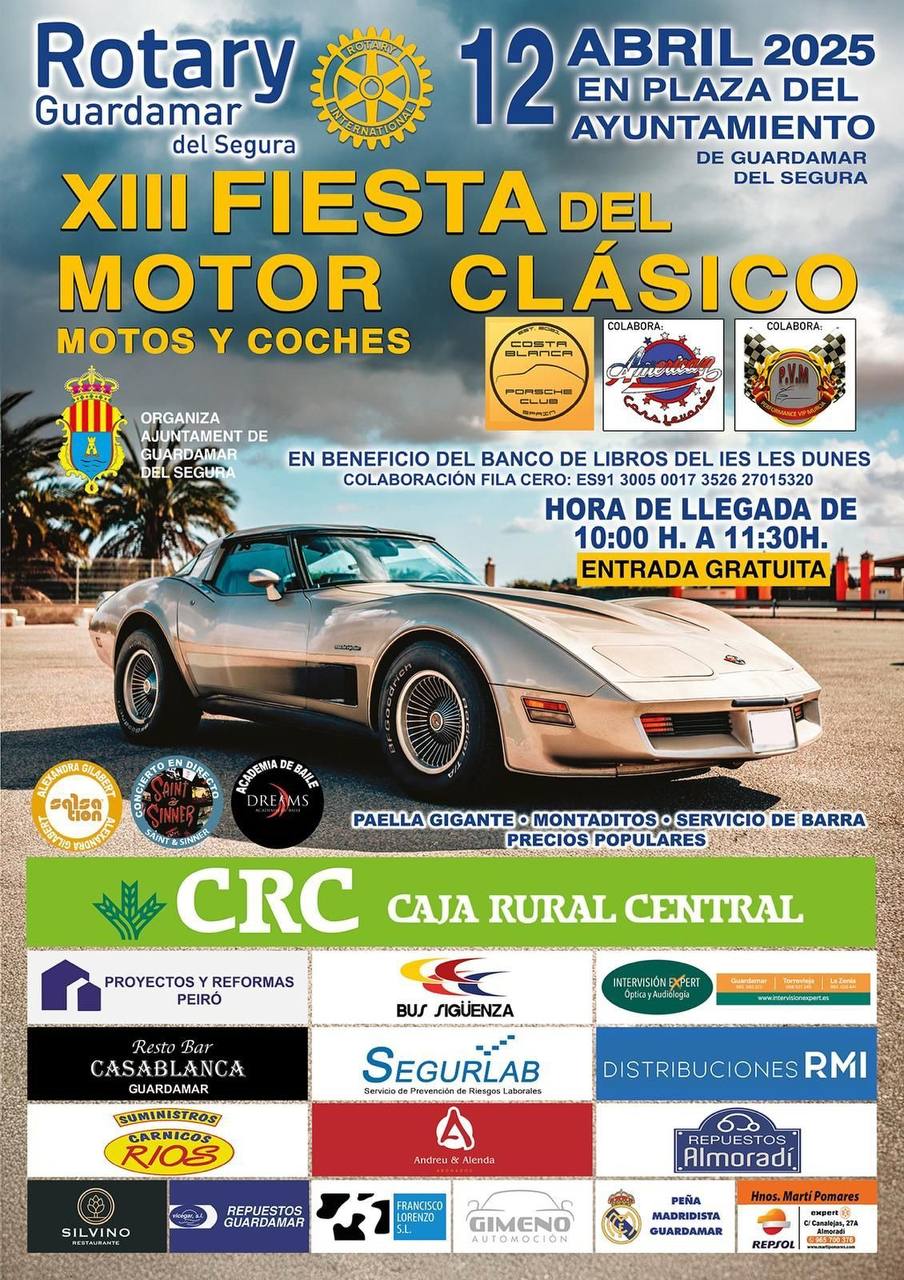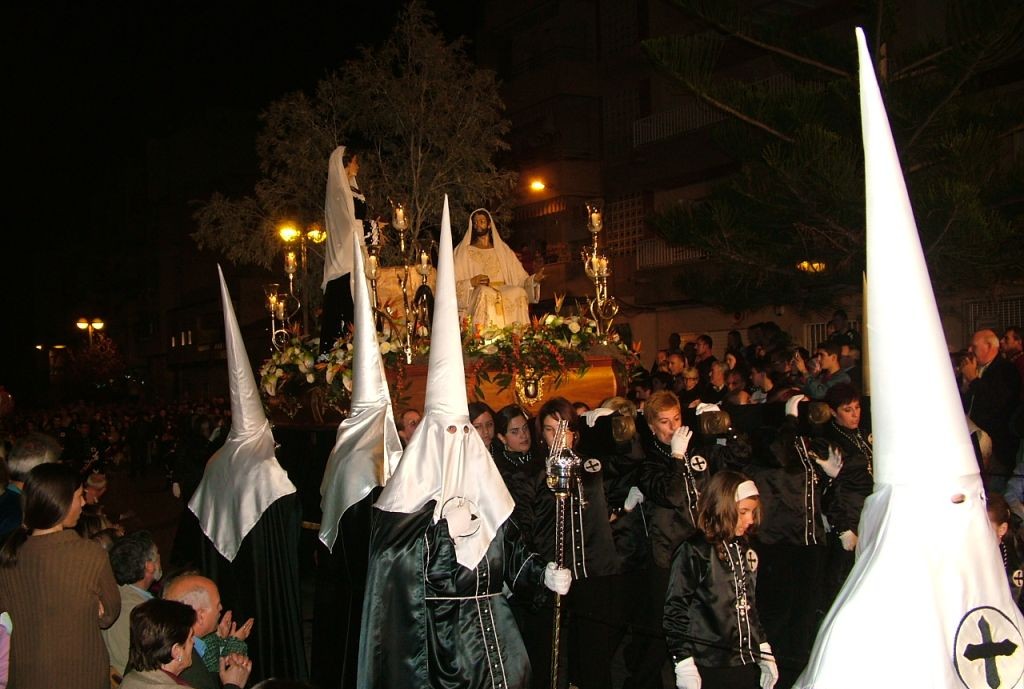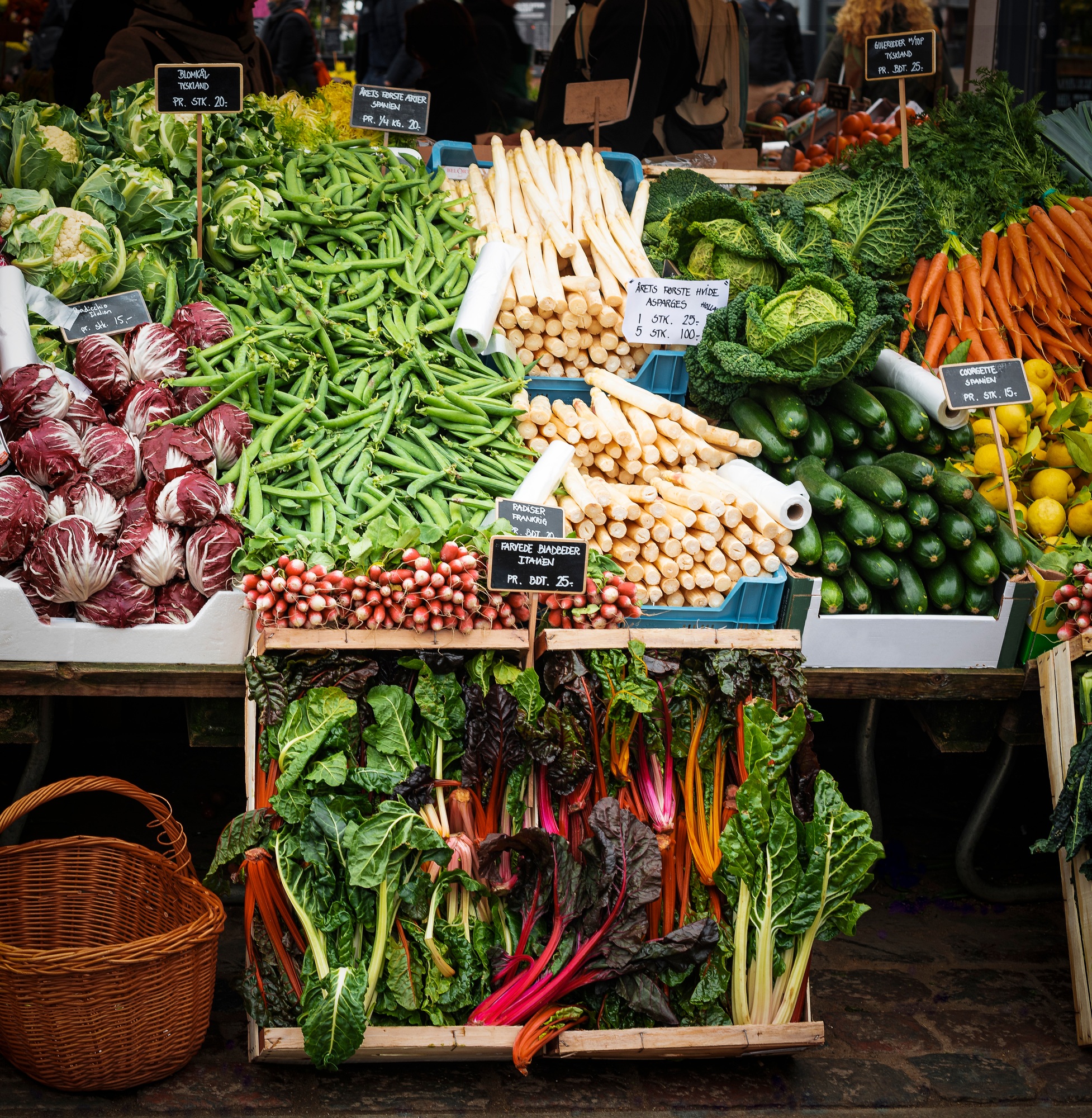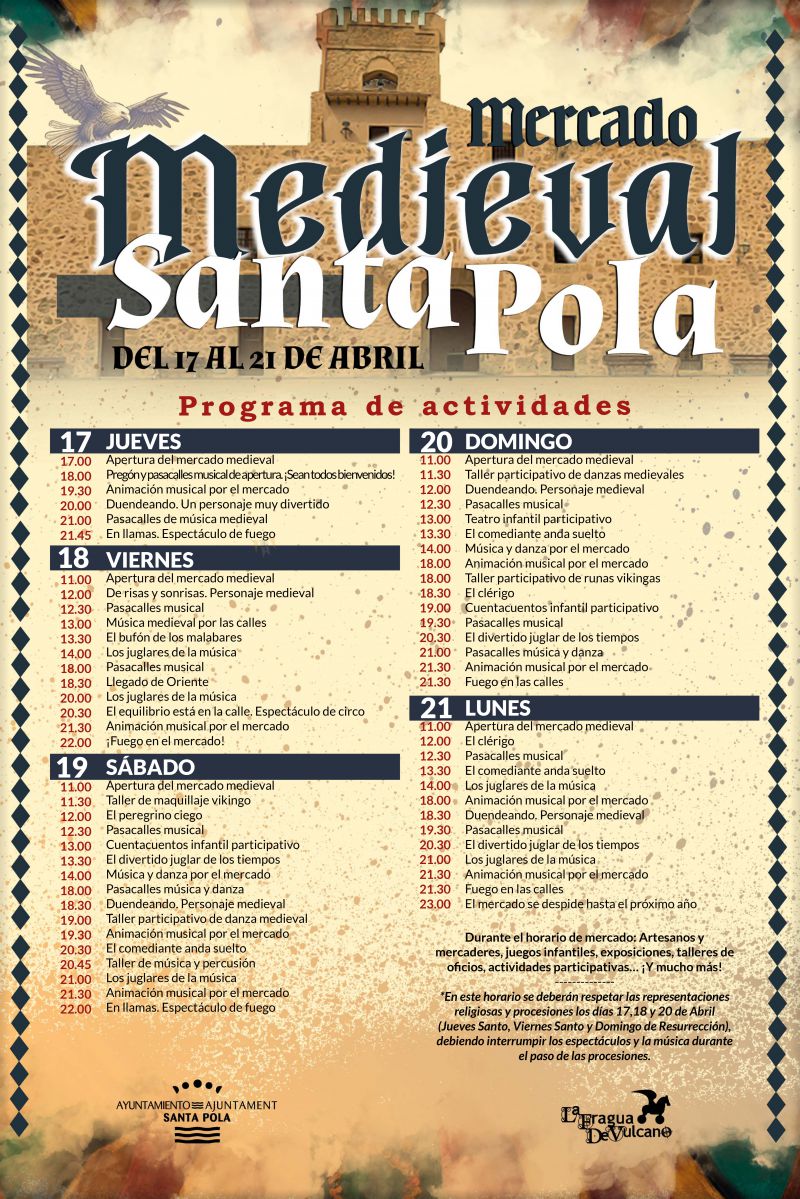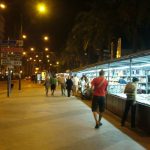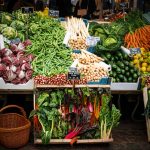News
Pope Francis has died, the Vatican says

The Vatican has announced that Pope Francis has passed away at the age of 88.
In 2013, his predecessor, Benedict XVI, resigned, and the pontiff, who was Bishop of Rome and chief of the Catholic Church, was elected pope.
His passing follows a prolonged hospitalisation in February and March, as well as a series of health issues in recent years.
The Vatican released a statement in which Cardinal Kevin Farrell announced the news. He stated, “My dear brothers and sisters, it is with profound sorrow that I must inform you of the passing of our Holy Father Francis.”
The Bishop of Rome, Francis, returned to the Father’s residence at 7:35 a.m. this morning. His entire existence was devoted to the service of the Lord and His Church.
“He instructed us to embody the principles of the Gospel with fidelity, courage, and universal love, with a particular emphasis on the most impoverished and marginalised individuals.”
“We offer Pope Francis’ soul to the infinite merciful love of the One and Triune God with immense gratitude for his example as a genuine disciple of the Lord Jesus.”
The Vatican announced that Francis passed away on Monday morning, a mere day after he addressed the throngs in St. Peter’s Square on Easter Sunday.
The conclave, which is the process of selecting a new pope, typically occurs within 15 to 20 days of the pontiff’s demise.
Recent hospitalisations
His papacy has been characterised by numerous hospital visits and health concerns in recent years.
The Pope was admitted to the infirmary on February 14th for treatment of bronchitis.
The Vatican announced in the days that followed that he had been diagnosed with bilateral pneumonia and had received blood transfusions as a result of low platelet levels in his blood, which are linked to anaemia.
The Vatican announced on February 22nd that the Pope was in a critical condition due to a “prolonged respiratory crisis” that necessitated a high flow of oxygen. The following day, the Vatican reported that Francis was exhibiting a “initial, mild” kidney failure.
In the days that followed, thousands of devout individuals convened in St. Peter’s Square to pray for his recovery, while others visited the Rome hospital where he was residing to present him with flowers and cards.
Due to his “complex,” he was hospitalised for the remainder of the month.
His voice was heard for the first time since his hospitalisation in an audio message dated March 6th, in which he expressed gratitude to his supporters and declared, “I am with you from here.”
A day after meeting with US Vice President JD Vance, he appeared at the Easter Sunday Service on Sunday to greet the audience.
On 23rd March, he concluded his 38-day hospital stay by making his first public appearance in five weeks on a balcony at Gemelli. He smiled and offered a thumbs up to the crowds that had gathered outside.
He returned to the Vatican, where he made a surprise stop at his favourite basilica on his way home. Subsequently, he commenced a two-month period of prescribed rest and recovery.
The doctors stated that Francis would have access to supplemental oxygen and 24-hour medical care as needed. They also mentioned that, despite the successful treatment of the pneumonia infection, the pontiff would continue to take oral medication for an extended period to address the fungal infection in his lungs and to continue his respiratory and physical physiotherapy.
‘Pope of the People’
Francis, who was born in 1936, was the first pontiff from South America. He was called the “People’s Pope” for his support of the poor and those fleeing war and famine.
In 2016, he performed a “gesture of humility and service” by washing the feet of refugees from various religious backgrounds at an asylum centre located outside of Rome.
He also expressed his opinions on a diverse array of topics, including the role of women in the Catholic Church, wealth inequality, and climate change.
His acceptance of the LGBTQ community was unprecedented, beginning with an unexpected comment to reporters on a flight back from Brazil regarding homosexual clergy.
He stated, “Who am I to judge an individual who is gay and possesses good intentions and seeks God?”
Nevertheless, in April 2024, he signed the text “Dignitas Infinita” (Infinite Dignity), which appeared to reiterate the Vatican’s fervent opposition to euthanasia, abortion, surrogacy, and gender reassignment.
In the same year, his own liberal credentials were called into doubt following allegations that he had used a homophobic slur in private.
Pope’s heath in recent years
Francis had a portion of one lung excised when he was a young man in his native Argentina.
Francis’ public speaking was restricted during his final years due to his chronic bronchitis and illness, which necessitated the use of a wheelchair or cane to navigate.
In 2021, Francis underwent his first hospital stay as a pontiff for an operation to remove a portion of his colon.
He was admitted to the hospital in June 2023 for an operation on his intestine. The Vatican stated that he had been experiencing “recurrent, painful, and deteriorating” symptoms as a result of an abdominal hernia at the time.
He was compelled to miss significant events in the Roman Catholic calendar, such as the traditional Good Friday procession at Rome’s Colosseum last year, due to his recent health issues.
In 2022, he suggested that he may resign if his health continued to decline. This was after he was photographed using a wheelchair to address mobility issues caused by a flare-up of sciatica, a nerve condition that causes leg discomfort.
In 2013, his predecessor, the late Benedict XVI, became the first pope to resign in over 600 years, rather than serving for life. He passed away in 2022.
Jorge Mario Bergoglio, the Pope’s birth name, was previously used as a bishop in Buenos Aires.
Francis’ passing will be mourned by an estimated 1.4 billion Catholics worldwide.
Discover more from Costa Blanca Daily
Subscribe to get the latest posts sent to your email.
Costa Blanca
“Drug Supermarket” in Denia closed by Police

Four individuals have been apprehended by National Police officers in Dénia (Alicante) for the “indiscriminate” sale of drugs under the guise of a purportedly legitimate association. Over four kilogrammes of marijuana, cannabis, cocaine, and distribution materials were confiscated during the search.
The investigation began following the identification of a potential clandestine drug trafficking organisation. According to a statement from the police headquarters, the establishment was experiencing a consistent flow of individuals at various periods of the day, despite the absence of any sign or apparent commercial activity.
The officers initiated procedures to confirm the status of the establishment in conjunction with the Judicial Police and Citizen Security Units. They verified that the establishment did not have any activity records registered at the regional level during the inspections.
They also confirmed that the establishment’s basic supplies were registered to someone possibly linked to the criminal community. The association’s manager also had a criminal record.
The police conducted a “discreet” operation that verified the regular sale of narcotics at the establishment. Lines formed outside the establishment to purchase drugs on certain days, “as if it were a genuine drug supermarket.”
“Once we obtained the necessary judicial authorisations, we conducted a search. The search revealed numerous containers labelled with marijuana, zip-lock sacks containing the same substance, and pre-made homemade cigarettes. Cocaine was consumed in some areas, and some narcotics were hidden in appliances and furniture,” said the police.
The authorities confiscated over four kilogrammes of marijuana, a lesser quantity of hashish, and a small quantity of cocaine. The search resulted in the arrest of two males, aged 42 and 22, respectively.
Despite a court order sealing off the premises, the investigation continued in an effort to identify the remaining suspects. Shortly thereafter, Denia police apprehended two more males, ages 22 and 23.
An alleged offence against public health has resulted in the arrest of the four suspects. Two of the apprehended individuals had prior convictions for comparable offences.
The Denia Court of First Instance has been informed of all the proceedings.
Discover more from Costa Blanca Daily
Subscribe to get the latest posts sent to your email.
Costa Blanca
Goodbye forever to the traditional butane gas bottle

The orange butane gas cylinder has been a symbol of Spanish residences for decades. Several generations have collectively imagined its distinctive colour and shape, a fixture in kitchens, bathrooms, and terraces. Nevertheless, the manner in which we consume energy is subject to change as well. This classic appears to be on the brink of extinction in the face of technological advancements and the movement towards a more sustainable energy transition.
Repsol and Cepsa, two of the largest companies in the world, have made strides in 2025 by introducing more efficient, lightweight, and modern alternatives. These new cylinders incorporate technological advancements to improve product control and traceability. Furthermore, the expansion of alternative energy sources, including natural gas, induction charging, and heat pumps, is progressively relegating butane to a secondary position.
The new butane cylinder that is here to stay
Repsol has spearheaded the market transformation with an intriguing proposal: a butane cylinder that is lighter than the traditional cylinder, with a capacity of 12 kg and a total weight of only 17 kg, as opposed to the traditional cylinder’s 25 kg. This new version is more convenient to transport and use on a daily basis due to its use of lighter materials and high-strength steel.
Additionally, users can monitor the container’s status and consumption in greater detail thanks to its NFC chip. The retail price of this cylinder varies between €20 and €24, depending upon the point of sale, which can be found at petrol stations or online.
Cepsa has not been neglected. The company has selected a line of cylinders that are lighter and more manageable. The 12.5 kg model, which is similar in capacity to the traditional model, is sold on the open market at prices varying from €17.67 to €20.94 and has a lower total weight (18 kg).
This alternative is particularly appealing to home consumers who continue to depend on butane for cooking or heating water, as it provides a satisfactory balance of functionality and user-friendliness. Notable products designed for outdoor living and leisure are the Campingaz 901 and 902 petrol cylinders.
The conventional butane gas cylinder, despite its continued presence in millions of households, appears to have commenced its journey towards its definitive extinction. Companies such as Repsol and Cepsa’s dedication to containers that are lighter, more manageable, and more sustainable is indicative of not only a commercial necessity but also an adaptation to the evolving era. Our society is transitioning to a more environmentally benign energy model that emphasises rational and efficient resource utilisation.
Additionally, state regulation is exerting a significant influence. The government establishes prices for certain cylinders, including the regulated 12.5 kg cylinder (currently priced at €17.67), which provides some level of consumer protection. Nevertheless, the emergence of new options that make a significant difference is being driven by competition and innovation in the free market.
However, the development of butane does not exclusively determine the future. Propane gas stands out as a powerful alternative, particularly in cold regions where butane gasification poses challenges. Propane is available in regulated 11 kg containers (priced at €14.65) and larger 35 kg containers, which are intended for high-volume industrial or domestic consumption, with prices commencing at €70. These containers are designed to provide a more effective response to low temperatures.
Although we cannot definitively declare the renowned orange butane gas cylinder extinct, it is gradually disappearing from the Spanish energy landscape. More sustainable and efficient foundations, tailored to a more comfortable lifestyle, establish the future.
Alternative sources of energy
In contrast to conventional butane gas cylinders, new energy alternatives exhibit distinctions that surpass mere weight or price. The evolution of energy consumption in Spanish homes is indicative of a more profound transformation: a change in consumer mindsets, routines, and our understanding of sustainability and efficiency.
Although butane remains a pertinent energy source in numerous rural areas and second residences, it is losing ground to more contemporary alternatives. Electric induction cooktops have become the norm for cooking in newly constructed residences, particularly in urban areas. They are safe, easy to clean, and faster than traditional gas, making them attractive for both families and people who live alone or have little time to cook.
Another development that is acquiring momentum is the heat pump. This system, capable of providing heating in winter and cooling in summer, consumes less energy than traditional methods and significantly reduces CO₂ emissions. Furthermore, some models can also heat domestic water, making them a comprehensive solution for the home. In this context, the classic orange gas cylinder is starting to seem like a thing of the past.
Discover more from Costa Blanca Daily
Subscribe to get the latest posts sent to your email.
Food and Drink
Global wine consumption fell by 3.3% in 2024, reaching its lowest level since 1961

The estimation for global wine consumption in 2024 is 214 million hectolitres, which is a 3.3% decrease from 2023. This figure would represent the lowest global consumption level since 1961 if it is confirmed.
The International Organisation of Vine and Wine (OIV) proclaimed this on Tuesday, April 15th, emphasising the significance of multilateral cooperation and adaptability to evolving circumstances. The organisation published statistics on production, consumption, and trade for all producing and consuming countries (more than 180) in order to provide a comprehensive overview of the sector for the 2024 calendar year.
Particularly, he observed that this decrease in consumption is the result of “a confluence of economic and geopolitical factors that generate inflation and uncertainty, as well as a decline in mature markets, driven by evolving lifestyle preferences, shifts in social habits, and generational changes in consumer behaviour.” Nevertheless, the consumption of wine has never been so prevalent on a global scale in 195 countries. It is important to bear in mind that numerous countries with substantial populations and high aggregate consumption still possess substantial growth potential.
The OIV observed that the global vineyard area has decreased over the past four years. A reduced rate of decline was suggested by a 0.6% contraction to 7.1 million hectares in 2024. The primary reason for this decline is the clearance of vineyards in the primary wine-growing regions. However, certain countries are exhibiting a dynamic expansion of their vineyards, as explained.
In 2024, it is anticipated that the global wine production will reach 226 million hectolitres, the lowest level in over 60 years, a 5% decrease from 2023. This is predominantly the result of climate change, which is driving unpredictable and extreme weather events in both the northern and southern hemispheres.
Maintaining equilibrium between supply and demand
The OVI anticipates that the global market balance will persist in 2024, despite the ongoing declines in both production and consumption. This is due to the fact that production is unlikely to surpass demand, a trend that was observed during the subpar 2023 harvest. “The market may be stabilised by two consecutive years of low production, although stock levels are expected to remain inconsistent across regions.” “International trade preserves its volume and value,” it clarified.
The export volume remained consistent at 99.8 million hectolitres. The average export price of €3.60/litre remains at a historically high level, despite a minor decrease in export value by 0.3% to €36 billion. In comparison to pre-pandemic years, prices remain elevated by nearly 30% due to inflation and inadequate supply.
Director General John Barker of the OIV stated that the wine sector faces a challenge in adapting to all of these impacts; however, successful adaptation will provide opportunities. These are the components that will propel progress in the wine sector: collaborating to create climate change solutions and establish wine as a sustainability benchmark; investing in research on new audiences to gain a better understanding of their perspective on wine; and fortifying our dedication to global trade and multilateralism.
Discover more from Costa Blanca Daily
Subscribe to get the latest posts sent to your email.
-
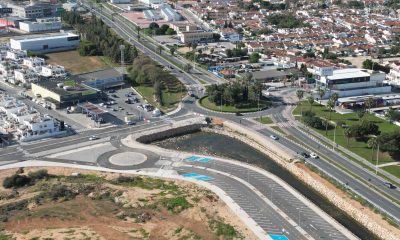
 Costa Blanca1 day ago
Costa Blanca1 day agoTorrevieja fails to comply with its commitment to open new road at La Hoya for Easter
-

 Costa Blanca6 days ago
Costa Blanca6 days agoTorrevieja records a 2.8 magnitude earthquake
-

 Costa Blanca1 week ago
Costa Blanca1 week agoSpanish family killed in helicopter crash in New York
-

 Costa Blanca2 weeks ago
Costa Blanca2 weeks agoBeware if you receive an orange envelope in your postbox
-

 Costa Blanca2 weeks ago
Costa Blanca2 weeks agoA car fire on the Orihuela Costa is promptly extinguished by firefighters
-

 Costa Blanca6 days ago
Costa Blanca6 days agoThe Alicante Tourist Board website now available in seven languages
-

 Costa Blanca1 week ago
Costa Blanca1 week agoElche residents rescued after a fire caused by an electric scooter
-
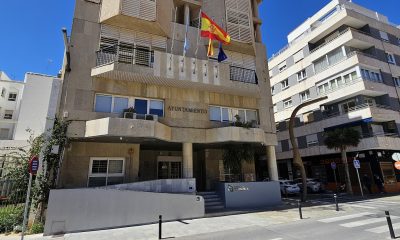
 News2 weeks ago
News2 weeks agoFormer Torrevieja PP councillor to go on trial for misconduct in public office



